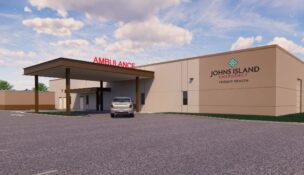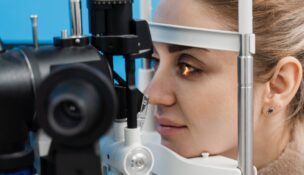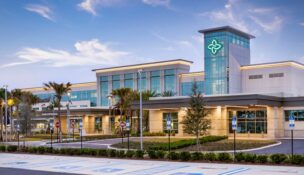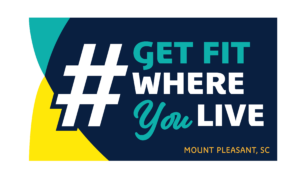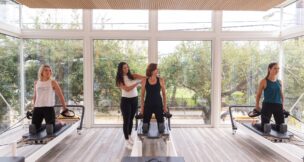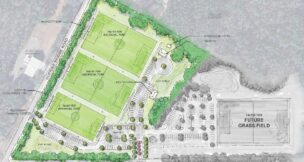National health program eyeing Charleston
Staff //March 27, 2018//
The Blue Zones Project, a national community wellness program, is considering coming to Charleston, it announced Monday to a packed room at The Schoolhouse, an event venue and co-working space in West Ashley.
“There’s great need and readiness in Charleston, and motivation to do this level of work,” said Shannon Draayer, implementations manager at Blue Zones LLC, the company that leads the Blue Zones Project.
|
The project is based on research by Dan Buettner, a journalist and researcher who found five communities around the world where people live on average 10 years longer than people do in the United States, with less prevalence of disease. Buettner identified nine similarities among the communities, which he called blue zones, and the Blue Zones Project is meant to bring those similarities to communities in the United States.
“Blue Zones Project doesn’t come in and tell you what to do and do it for you,” Draayer said. “We have a list of evidence-based well-being improvement practices, and we work together to determine what’s best for the community.”
The Blue Zones Project is currently in 43 communities across the country; Charleston could be the 44th. The only other community on the East Coast is Naples, Fla.
The Charleston effort is being led locally by Dr. Ann Kulze, a physician and wellness activist; Dr. Susan Johnson, director of health promotion at the Medical University of South Carolina; and Paul Wieters, wellness coordinator for the city of Charleston. All have been members of Charleston’s Health and Wellness Advisory Committee that was organized by Mayor John Tecklenburg shortly after he took office.
The local organizers now have 45 days to find funding for the Blue Zones Project; Johnson said the exact amount of funding required is confidential.
Beach Cities Health District, a public health agency in California covering the communities of Hermosa Beach, Manhattan Beach and Redondo Beach, spent $1.8 million of public funding and $3.5 million of outside funding for its Blue Zones Project, according to public budget documents.
Betsy Price, mayor of Fort Worth, Texas, said her city raised about $25 million for its project. Fort Worth is the largest city that Blue Zones has taken under its wing.
Johnson said several entities have expressed interested in sponsoring the potential Charleston Blue Zones Project.
“I can tell you we made great progress today and hope to have a funding strategy in place soon to keep the timeline presented,” Johnson said in an email Monday.
Typically, Kulze said, the Blue Zones Project takes no money directly from the municipalities, instead being funded by local entities with a large stake in community wellness, such as health care systems, large employers and philanthropies.
“This is completely grass-roots driven,” Kulze said.
Monday’s visit from Blue Zones was the culmination of a six-month study by the company to assess Charleston’s readiness, which included a three-day site visit at the end of February. The study, which cost $40,000, was sponsored by BlueCross BlueShield South Carolina, MUSC, Roper St. Francis and Sodexo.
Blue Zones will return in May to talk with local organizers and assess their progress in securing funding. If all goes well, Blue Zones will begin designing a blueprint for implementation for the Charleston community, which will take about eight months, and the Charleston Blue Zones Project would begin in spring 2019.
e






